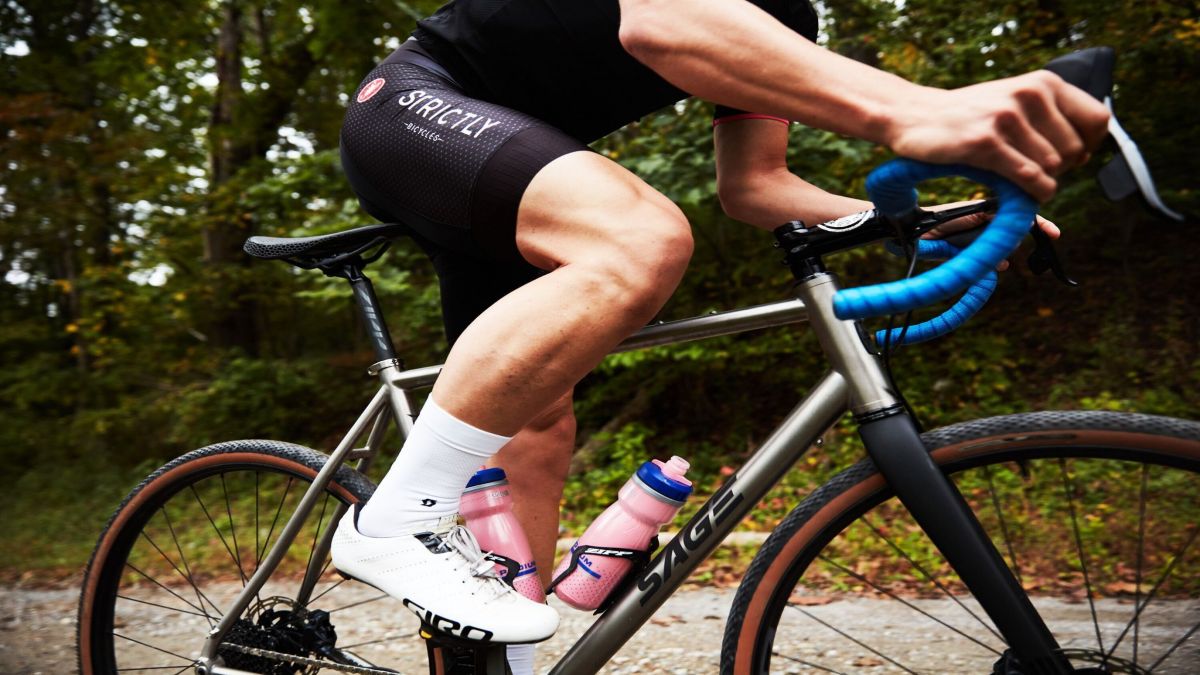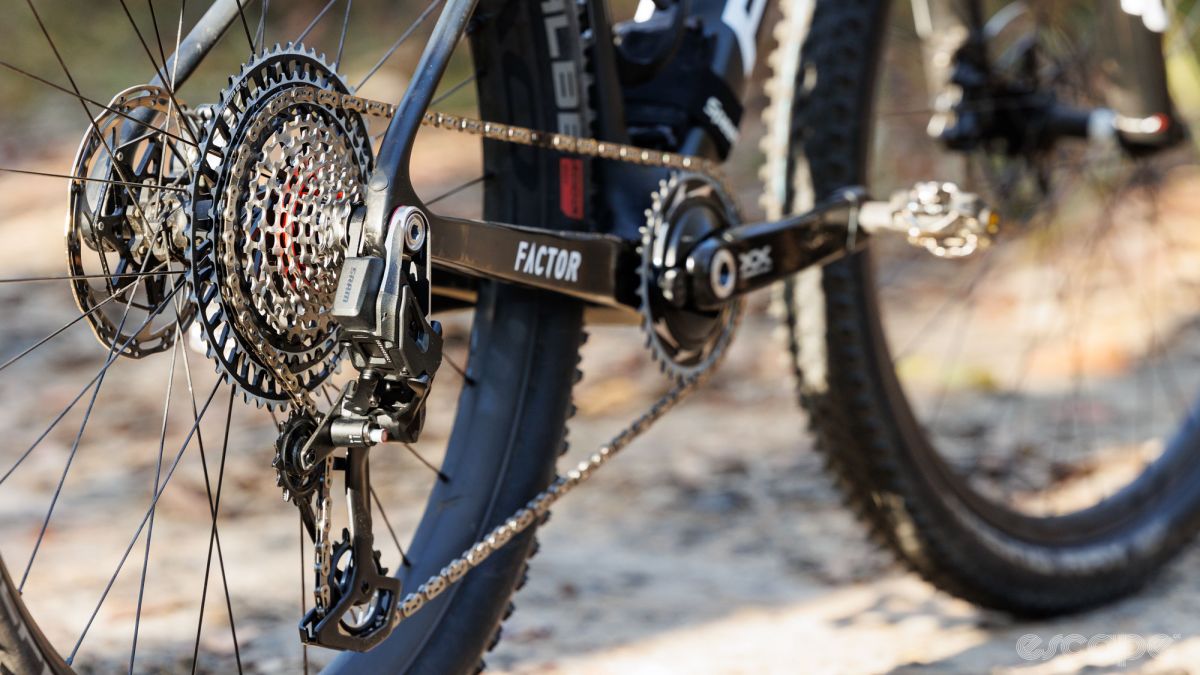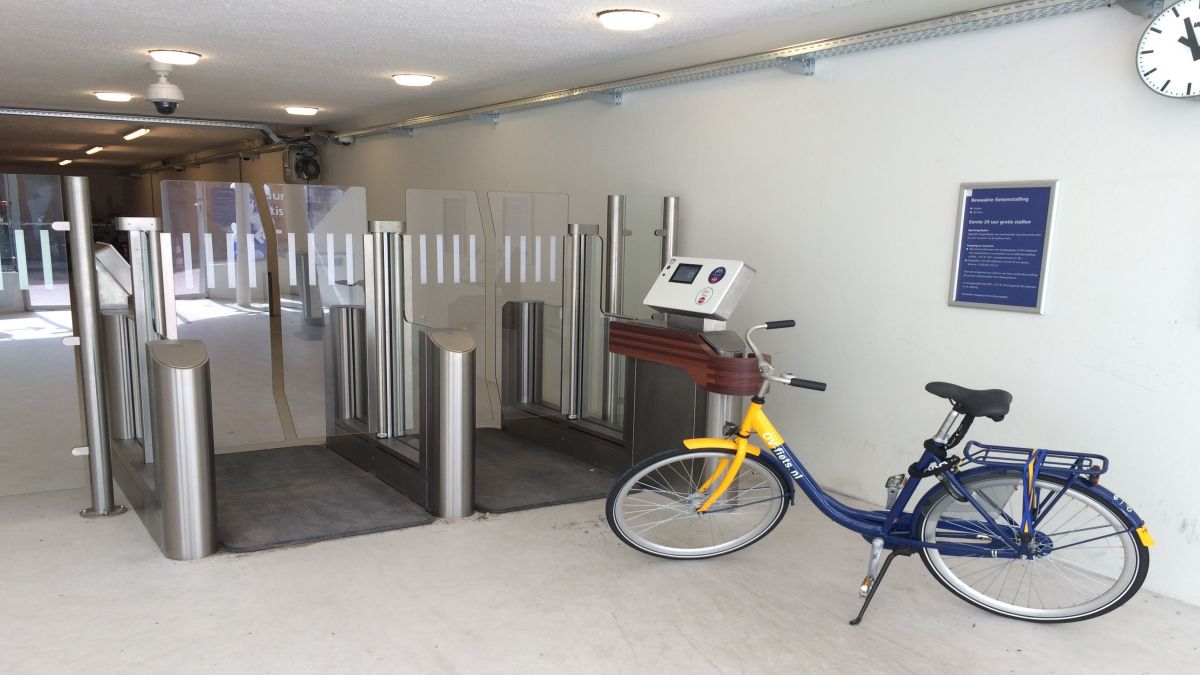Is Your Bike Talking Trash? Translate Bicycle Trouble with These Easy Fixes
Let's face it, cyclists. We've all been there. You're cruising along, enjoying the wind in your hair and the scenery blurring past, when suddenly, your trusty steed transforms into a malfunctioning metal monster.
The once-smooth symphony of your ride devolves into a cacophony of squeaks, grinds, and wobbles. The urge to ditch the bike and hop in a car might be strong, but hold on!
The most common bicycle problem is your bike's way of communicating. Learn to decipher this mechanical Morse code, and you'll be back on the road in no time, transformed from a frustrated rider into a capable weekend warrior mechanic.
The Great Gear Grind: From Grinding Gears to Smooth Shifting
Clicking, grinding, or gears refusing to budge? Don't panic! This could indicate a few common culprits. A loose or dirty chain can cause hesitation when shifting. Grab your trusty lube and give your chain a good cleaning and oiling.
Think of it like giving your bike a massage – it'll loosen up the grime and keep things running smoothly. But what if your chain is super rusty or stretched? It might be time for a replacement.
A worn-out chain can further damage your cassette and derailleurs, so don't ignore this one. Remember, regular maintenance is key to a smooth and enjoyable riding experience.
Next, talk about the derailleurs – those metallic marvels that move your chain between gears. A bent derailleur can wreak havoc on your shifting, making it clunky or impossible to switch between cogs.
If a slight nudge gets your gears back in line, you might be able to bend it back carefully yourself. However, a trip to your local bike shop is best for more severe misalignment or feeling a little out of your depth.

The Silent Stop: When Brakes Lose Their Bite
Squealing brakes might be annoying, but unresponsive brakes are downright dangerous. Please don't risk it! Worn-out brake pads are a common culprit.
Most pads have a wear indicator, a minor groove etched into the material. If your pads are nearing that line, it's time to replace them immediately. It's a quick fix that could prevent a nasty accident.
Another possibility is a misaligned brake caliper. This can cause uneven braking or one brake not engaging at all.
Luckily, adjusting most brakes with a wrench is reasonably straightforward (consult your bike's manual for specifics). Think of yourself as a pit crew member, fine-tuning your machine for peak performance.
However, it's best to leave adjustments to a professional for hydraulic disc brakes. Their intricate workings require specialized knowledge to ensure optimal braking power.
The Wobbly Wheel: From Drunken Wobble to True Ride
A wobbling wheel can be unnerving, especially when you're hurtling downhill. But fear not; it's often an easy fix! First, check for a loose spoke.
Spokes are the thin metal rods that connect the rim to the hub, and a loose one can cause the whole wheel to wobble precariously. Tightening a loose spoke requires a spoke wrench (a handy tool on any ride).
There are plenty of online tutorials demonstrating proper spoke tensioning techniques. Remember, it's like tuning a guitar string – too loose, and it'll sound off-key; too tight, and it could snap.
If the wobble persists, your rim might be bent. A minor bend can sometimes be trued (straightened) with a truing stand, but a significant bend usually requires replacing the rim entirely.
Think of your rim as the foundation of your wheel – if it's warped, the whole structure becomes unstable.

The Flat Out Frustration: Conquering the Dreaded Puncture
The bane of every cyclist's existence – the flat tire. It can happen at the most inopportune moments, leaving you stranded on the side of the road. But fear not; learning to fix a flat is an essential skill for any rider, and it's not as daunting as it seems.
Luckily, you can return to the road in minutes with a few crucial tools like tire levers, a patch kit, and a pump.
Plenty of online resources and video tutorials demonstrate the process step-by-step. Imagine yourself as a pit crew member changing a tire on a Formula One car—with some practice, you can master roadside repair.
Beyond the Basics: Embracing Preventative Maintenance
Just like a car, your bike benefits from regular checkups. A quick inspection before each ride can nip many problems in the bud. It's like giving your bike a doctor's appointment—a preventative measure to ensure smooth sailing on your next adventure.
Check your tire pressure and ensure it is within the recommended range (usually printed on the sidewall of your tire). This affects your comfort, rolling resistance, and puncture risk.
Give your chain a quick wipe-down with a rag to remove dirt and grime. Think of it like wiping sweat off your brow after a hard ride – your chain will appreciate the TLC.
And don't forget to apply lube – a light coating will keep things running smoothly and prevent rust.
Investing in a good bike stand allows you to inspect your bike more thoroughly. It's like having your own personal bike mechanic station in your garage.
With the bike securely held, you can check for loose bolts, worn cables, and any signs of damage.
Think of yourself as a detective searching for clues that might lead to future problems.
A loose bolt here, a frayed cable there – all potential gremlins waiting to cause trouble down the road. Addressing them early can save you headaches (and potentially money) later.
Taking your bike to a professional mechanic for a yearly tune-up is another wise investment.
They have the expertise and tools to perform a more comprehensive inspection and adjustment. It's like taking your car in for an oil change – a preventative measure that keeps your bike running at its peak.

The Mechanic Mindset: Building Confidence and Saving Money
By learning to diagnose and fix common bicycle problems, you'll save money on bike shop visits and gain a deeper understanding of your machine.
It's like learning a new language – the more you practice deciphering your bike's mechanical whispers, the more confident you'll become.
Many online resources and books are available to guide you through fixing various bicycle ailments. Don't be afraid to get your hands dirty and experiment (within reason).
Remember, the worst that can happen is you make a mistake, in which case a trip to the bike shop can fix it.
The Journey Continues: From Frustration to Empowerment
The next time your bike starts acting up, don't see it as a setback – see it as an opportunity to learn and grow as a cyclist.
By embracing the challenge of bike maintenance, you'll transform from a frustrated rider into a self-sufficient mechanic, ready to tackle any problem the road throws your way.
Remember, cycling is a journey; just like any journey, there will be bumps. But by learning to fix your bike, you'll be better equipped to overcome these challenges and keep rolling forward.
So, grab your tools, channel your inner mechanic, and get ready to conquer the next mechanical gremlin that comes your way. Happy riding!
OTHER NEWS
-
- How to Arrange a River Cruise Trip for Yourself?
- By Kamal Singh 21 May,2024

-
- Massachusetts Travel Guide: Everything You Need to Know!
- By Nauman Rehmat 17 May,2024

-
- Five Tips for Summer Hiking
- By Prodosh Kundu 19 Aug,2024

-
- RV Road Trips: Discovering the Beauty of America's Scenic Highways
- By Prodosh Kundu 30 May,2024

-
- Traveling Along American Riverbanks: A Trip Through the Okefenokee Swamp
- By Kamal Singh 21 May,2024

-
- Introduction to the History of Waterway and River Travel
- By Kamal Singh 21 May,2024

-
- How to Choose the Right Hiking Boots
- By Prodosh Kundu 19 Aug,2024

-
- Is Your Bike Talking Trash? Translate Bicycle Trouble with These Easy Fixes
- By Kamal Singh 17 May,2024

-
- America's Top 10 Most Beautiful Campsites: A Paradise for Nature Lovers
- By Prodosh Kundu 26 Jun,2024

-
- The Art of Planning an Affordable Trip: Tips and Tricks for the Budget-Conscious Traveler
- By Molly Joshi 23 May,2024

-
- The United States: A Journey Through Five Iconic Landmarks
- By Molly Joshi 23 May,2024

-
- Paved Paradise or Gravel Playground? Your Guide to the Wild World of Cycling Routes
- By Kamal Singh 17 May,2024

 1
1 1
1